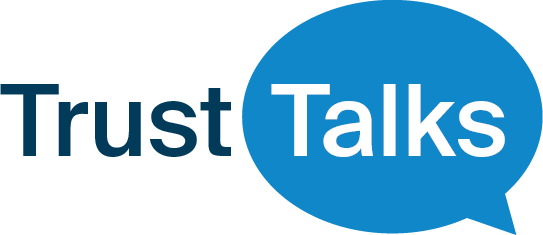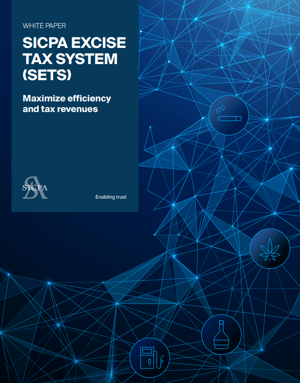Confronting Challenges of Security, Transparency and Usability in Tax Collection

Every dollar states generate through taxes and other revenue streams is vitally important – supporting investments in critical priorities like education, transportation, public health, and economic growth. As the level of state funding needed to make progress in these areas continues to increase, the impact of lost revenue is magnified. Every year, tax evasion, fraud, and inefficiency cost states billions in anticipated revenue, money that could otherwise be used to fix state infrastructure, fund new programs, and improve the quality of life for residents and businesses.
In 2019, the Tax Foundation estimated that, nationwide, the “tax gap” – the difference between expected tax revenue and the amount actually collected – was more than $500 billion. This enormous disparity is reflected at the state level where, each year, the combination of intentional tax evasion and systemic breakdowns in the application and collection of taxes costs states between $5 billion and $10 billion in revenue. Across the country, outdated, siloed systems prevent a comprehensive and easily understandable view of tax information, make it tremendously difficult to easily spot and react to underpayment or nonpayment of taxes, and create enormous opportunity for fraud. As states grapple with how to identify bad actors and overhaul outdated tax collection systems, in an effort to recoup lost revenue, the private sector represents an important source of innovation and durable solutions.
In partnership with states, the private sector can drive innovation that creates more open, transparent, easier-to-use platforms for both state officials and taxpayers – not only helping to solve logistical and management challenges, but making it easier to spot and react to fraudulent activity. Viable solutions that will help states safeguard critical revenue have four primary capabilities:
1. Increasing operability and ease-of-use for taxpayers. It’s important to remember that, while identifying and shutting down bad actors is important, it’s only one piece of a larger effort to recoup lost tax revenue. Inadvertent underpayment or nonpayment account for a significant amount of lost revenue for states annually – necessitating a system that makes it easier for taxpayers to quickly and accurately submit tax information.
2. Providing greater transparency and insight for revenue and other state officials. Increased visibility for state officials on the back end is essential to ensuring that instances of underpayment or nonpayment are identified, as well as in identifying intentionally fraudulent or evasive behavior that threatens to obscure critical revenue.
3. Creating a comprehensive, flexible, upgradable platform that can change with evolving revenue collection needs. Many existing tax collection structures are siloed and out-of-date, creating enormous challenges for state officials and taxpayers. It’s essential that modern solutions provide comprehensive support that combines functionality into one coherent system, and that they can be easily updated to reflect changing technology and tax collection priorities.
4. Shining a light that makes it easier to identify tax evasion and fraud. As noted above, in addition to identifying inadvertent underpayment and nonpayment, it is essential that state officials are able to identify instances of intentional fraud and evasion, which bad actors intend to obscure from official eyes. Effective tax collection systems make it easier for state officials to identify and flag bad actors in a timely fashion.
SICPA, a global leader in product security, authentication, and track-and-trace solutions, recently released a white paper detailing its solution for the collection of excise taxes (SETS). Built around a series of configurable modules and in line with FTA uniformity standards, “SETS provides a complete suite of tax registration, tax filing, processing, and administrative functionality that can be configured to support the taxing authority’s specific business processes and requirements. Hosted on a highly-secure technical platform that provides both scalability and redundancy to ensure continued system performance and accessibility, SETS is based on an open, interoperable architecture and supports a variety of integration paradigms to remove the boundaries between systems.”
SETS embodies the type of solution essential to architecting integrated, transparent, statewide tax collection systems, which enable the accurate collection of critical tax revenue. The widespread adoption of comprehensive solutions like SETS will help states confront the coterminous challenges of security, transparency, and usability in tax collection, helping ensure that states are collecting the full measure of tax revenue to invest in education, transportation, healthcare, and other priorities.


